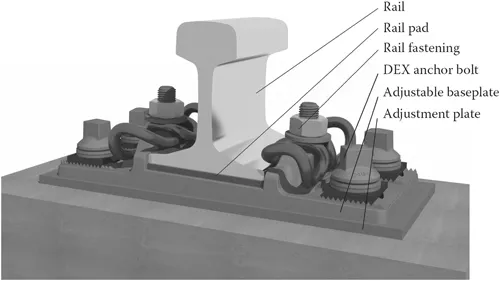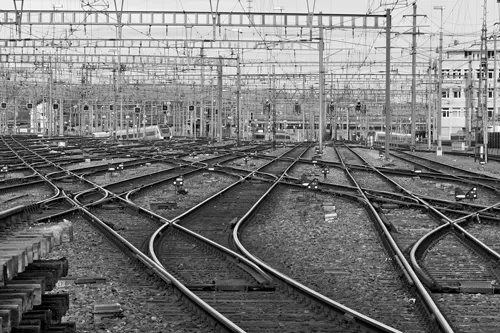
Railway Transportation Systems
Design, Construction and Operation
Christos N. Pyrgidis
- 556 páginas
- English
- ePUB (apto para móviles)
- Disponible en iOS y Android
Railway Transportation Systems
Design, Construction and Operation
Christos N. Pyrgidis
Información del libro
Railway Transportation Systems covers the entire range of railway passenger systems, from conventional and high-speed intercity systems to suburban, regional, operating on steep gradients, and urban ones. It also examines in depth freight railway systems transporting conventional loads, heavy loads, and dangerous goods.
For each system, the text provides a definition; an overview of its evolution and examples of good practice; the main design, construction, and operational characteristics; and the preconditions for its selection. Additionally, it offers a general overview of safety, interfaces with the environment, forces acting on the track, and techniques that govern the stability and guidance of railway vehicles.
This new edition brings two new chapters. One concerns pre-feasibility studies of urban rail projects, and the other analyses the operation of railway systems under specific weather conditions and natural phenomena. New material examines dilemmas, trends and innovations in rail freight transportation; a new definition for high-speed rail; a number of case studies; and an update of cutting-edge technologies. It is ideal for graduate students, engineers, consultants, manufacturers, and transport company executives who need a reference and guide.
Preguntas frecuentes
Información
Chapter 1 The railway as a transport system
1.1 Definition
- Railway infrastructure.
- Rolling stock.
- Railway operation.
1.2 Constituents
1.2.1 Railway infrastructure





